Steven Brower | November 13, 2025
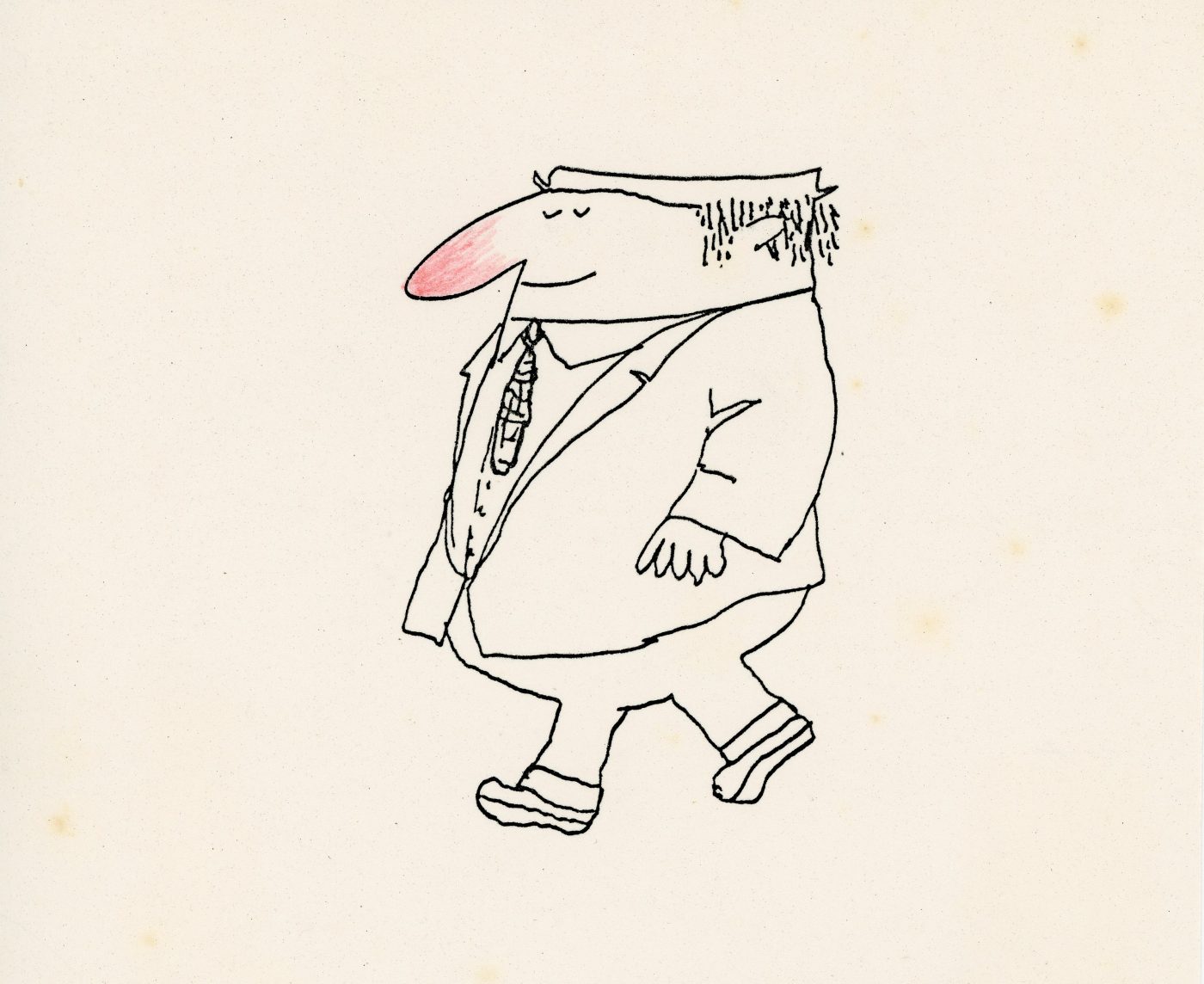 A cartoon character created by Roy, which he would reuse often.
A cartoon character created by Roy, which he would reuse often.Texas born (in 1923) and California raised, Roy Kuhlman was many things: art director, designer, illustrator, painter, photographer, and, most surprisingly, a cartoonist. While I was aware of his “Big Nosed” character, I did not realize the extent of not only that character’s use but that his interest in cartooning extended way beyond, including a comic strip he wrote and drew.
Perhaps the earliest example of his cartooning was his work for Esquire Magazine in the early 1950s. The art director was Henry Wolf, whom Roy had worked with at Sudler & Hennessey, a marketing and communications agency. In addition to a handful of covers, Roy would create opening illustrations for poetry and articles. As was his want, he combined photography, collage and cartooning.
Around this same time, he designed an ad for NBC television, which he also cartooned. And then he created a four-panel comic strip for the Journal of American Medical Association, “Clinical Trials”, that he wrote as well as drew, in addition to article openers. Even when not directly employing cartooning, his designs often contained a cartoonist’s light-hearted touch, both on his book and magazine covers.
 An example of "Clinical Trials," the comic strip Kuhlman created for the Journal of American Medical Association, c. 1954.
An example of "Clinical Trials," the comic strip Kuhlman created for the Journal of American Medical Association, c. 1954.In 1951 Roy was hired by Barney Rosset, who had just purchased a fledgling but failing publishing house, which under his governance went on to publish such literary stalwarts as Samuel Beckett, Eugene Ionesco, Alan Ginsberg, Jack Kerouac, Henry Miller, Marguerite Duras, Lawrence Ferlinghetti, et al. Soon thereafter Barney also published The Evergreen Review, a popular mid-century magazine which covered the arts, politics and culture, which Kuhlman also initially art directed and designed. Publishing previously censored and banned volumes, such as Miller’s Tropic of Cancer and D. H. Lawrence's Lady Chatterley's Lover, Rosset went on to fight for freedom of the press all the way up to the supreme court, which he won.
Roy’s design of the Grove book covers and early Evergreens contributed invaluably to the company's image as a distinguished and innovative publishing house. His work was at once illustrative, abstract, conceptual, humorous and transformative, not to mention avant-garde.
I had the pleasure of being friends with Roy, beginning in the early 1990s. He passed in 2007. It is with deep regret that I discovered this side of Roy posthumously, and never had a conversation with Roy about his cartooning and comics in general. To explore more of Kuhlman’s oeuvre, please check out my new monograph of him, the first-ever collection about this groundbreaking designer, now available from Fantagraphics Underground.
Special Thanks to Arden Kuhlman Riordan, Roy’s daughter and executor of the Kuhlman Estate.
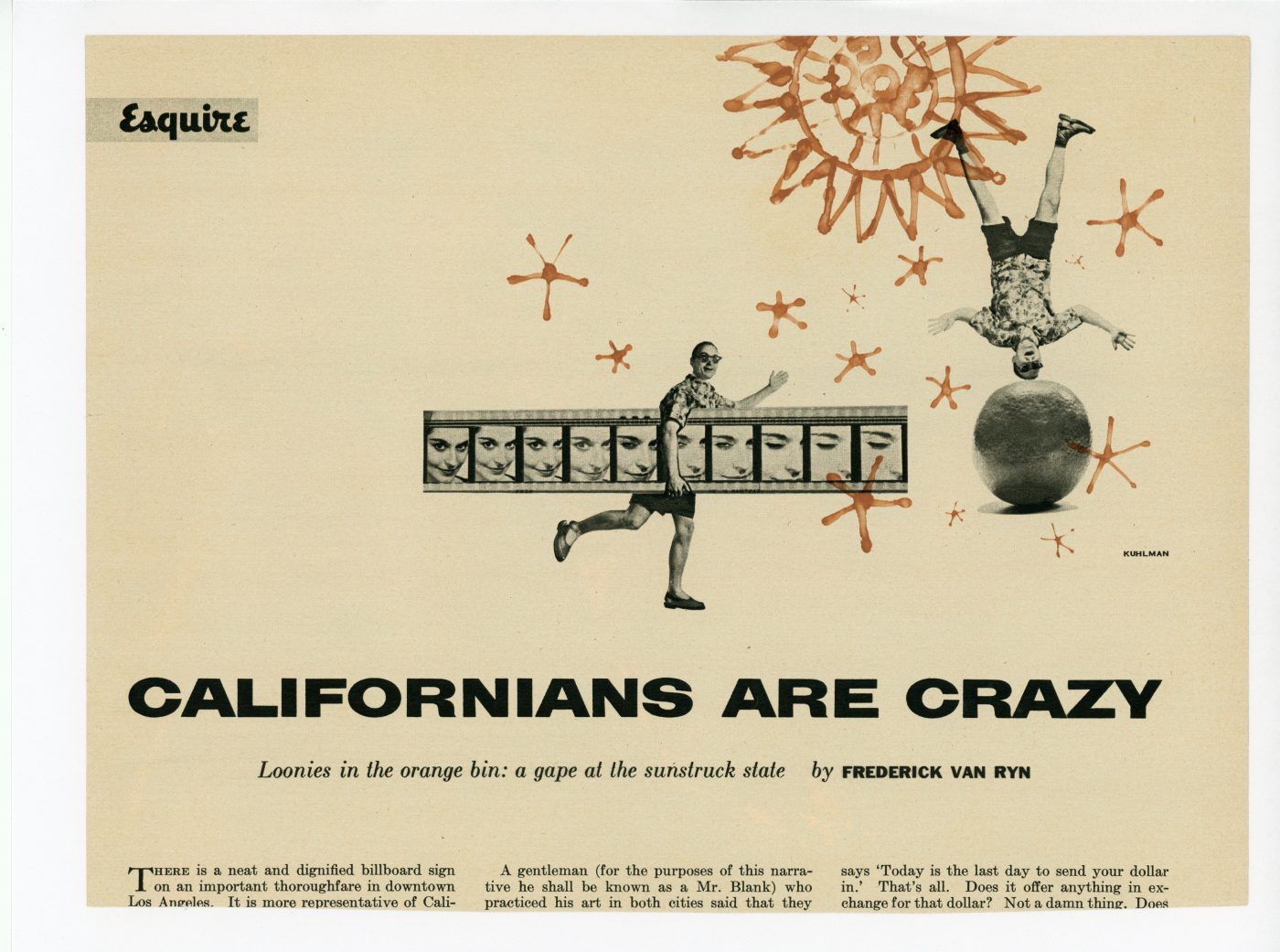
 Kuhlman used himself as a model for these Esquire article headers. Design, illustration and photography by Roy Kuhlman, circa 1953.
Kuhlman used himself as a model for these Esquire article headers. Design, illustration and photography by Roy Kuhlman, circa 1953.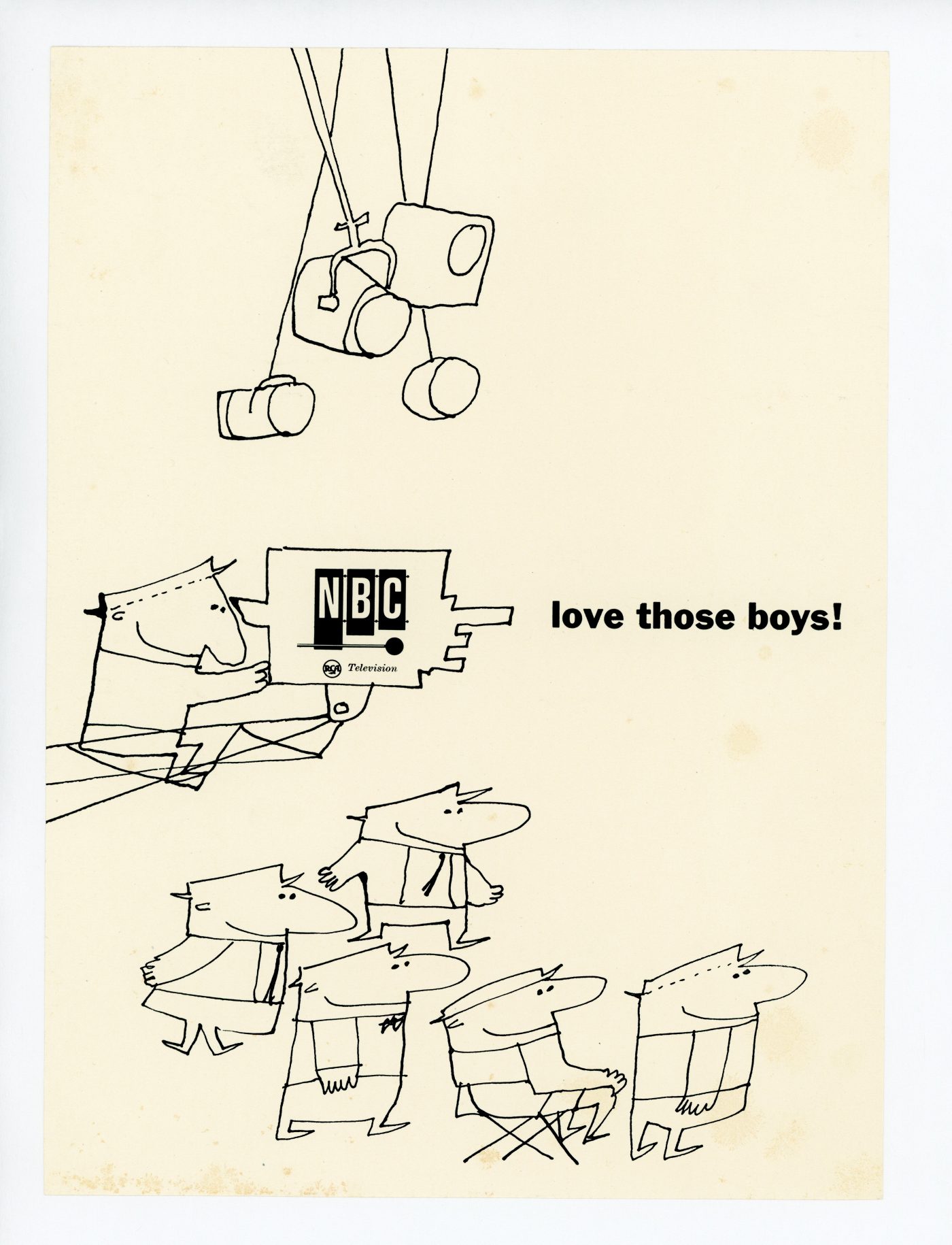 An ad Kuhlman did for NBC.
An ad Kuhlman did for NBC.

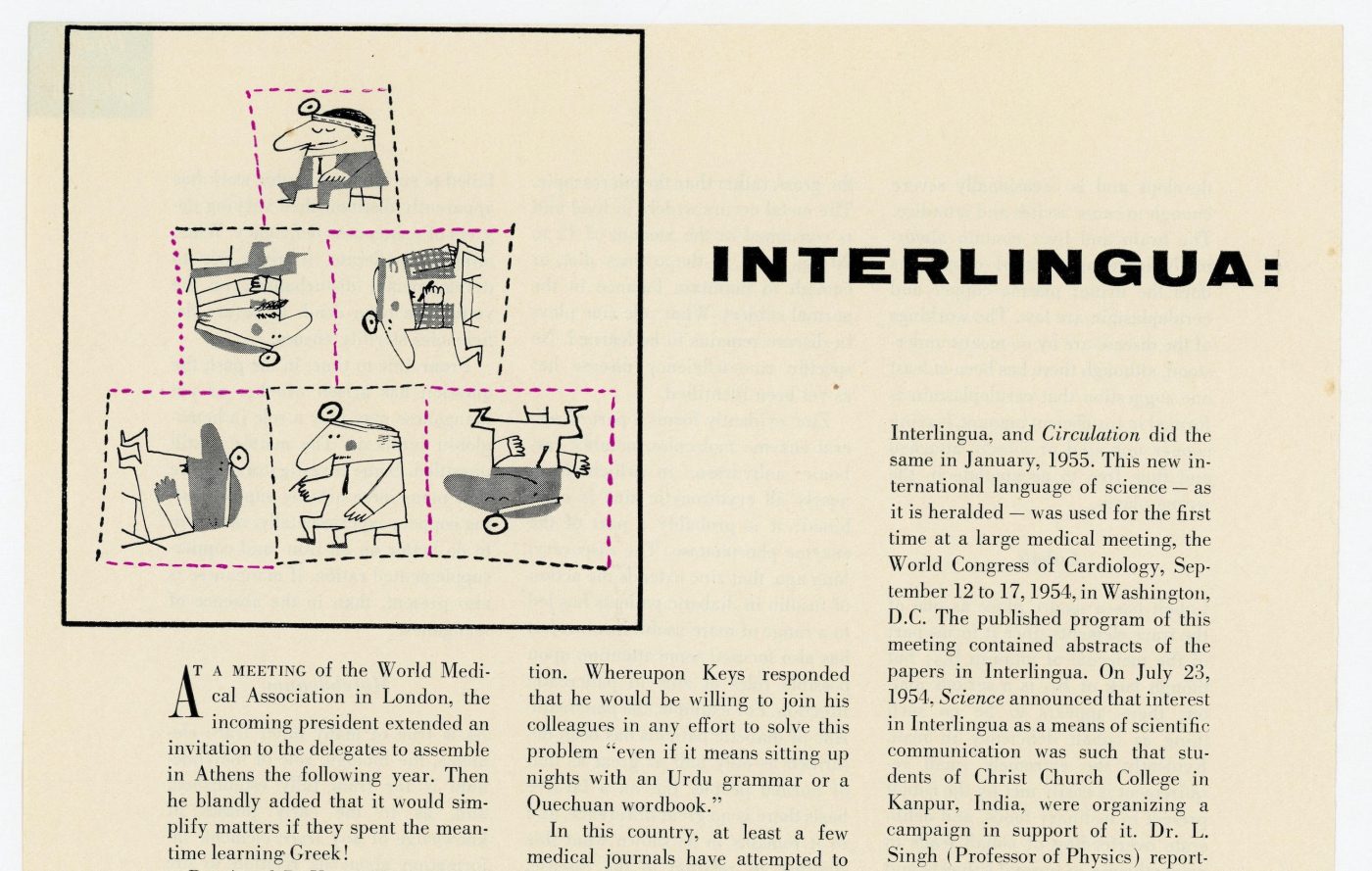
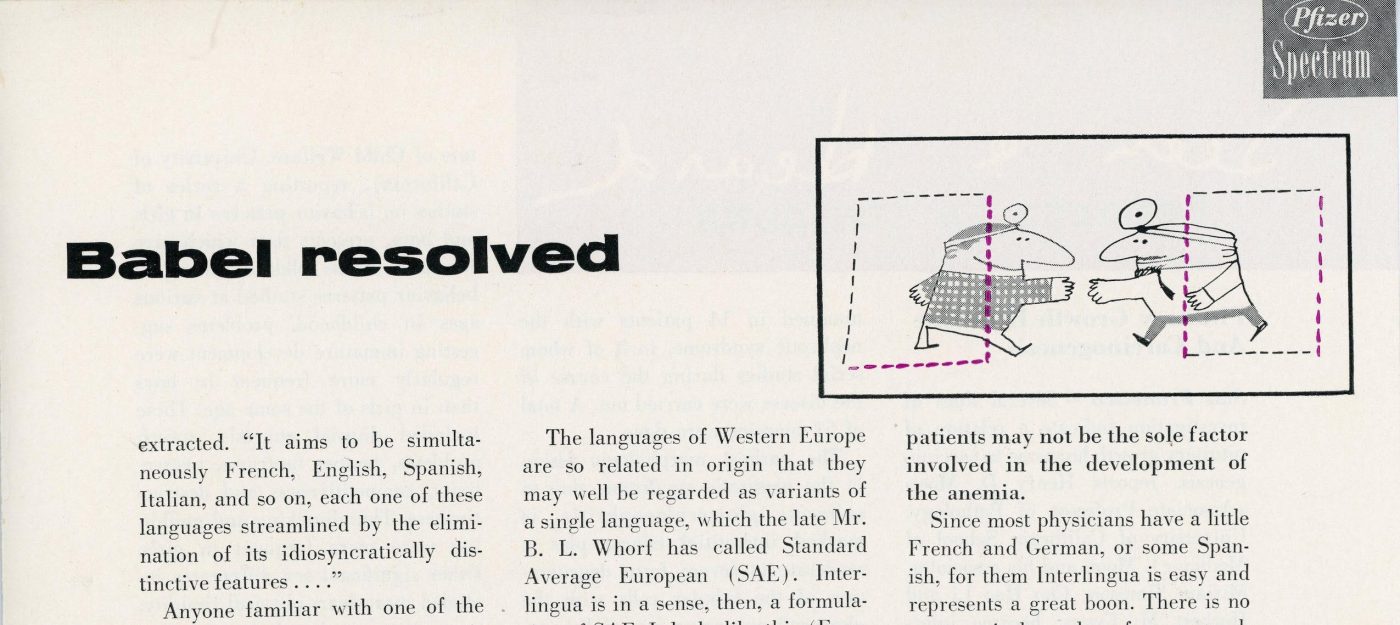 Article openers for the Journal of American Medical Association, 1954.
Article openers for the Journal of American Medical Association, 1954.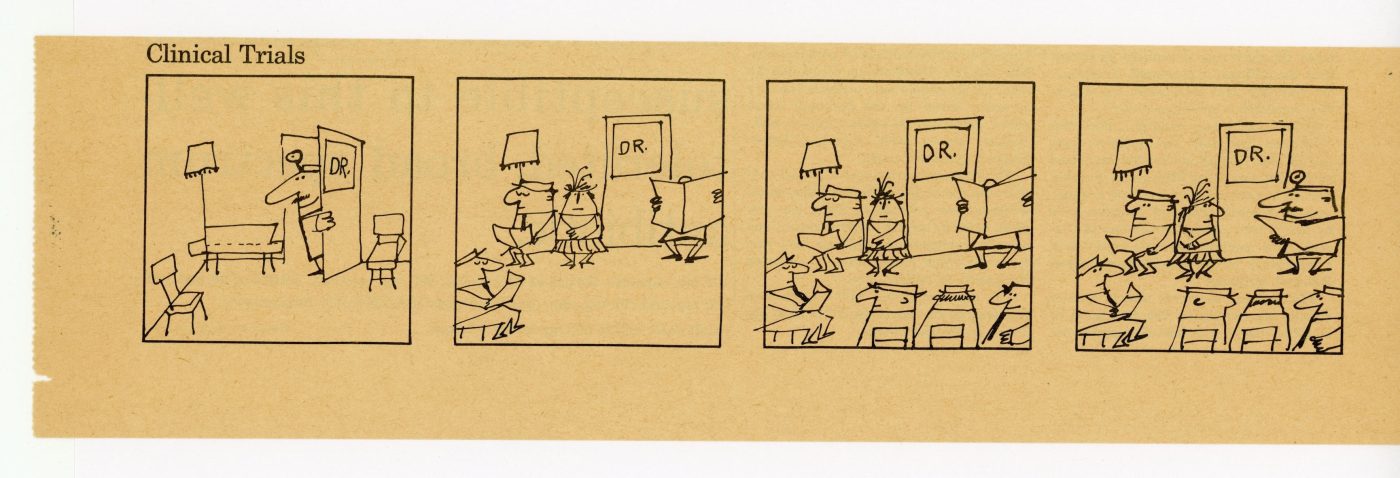

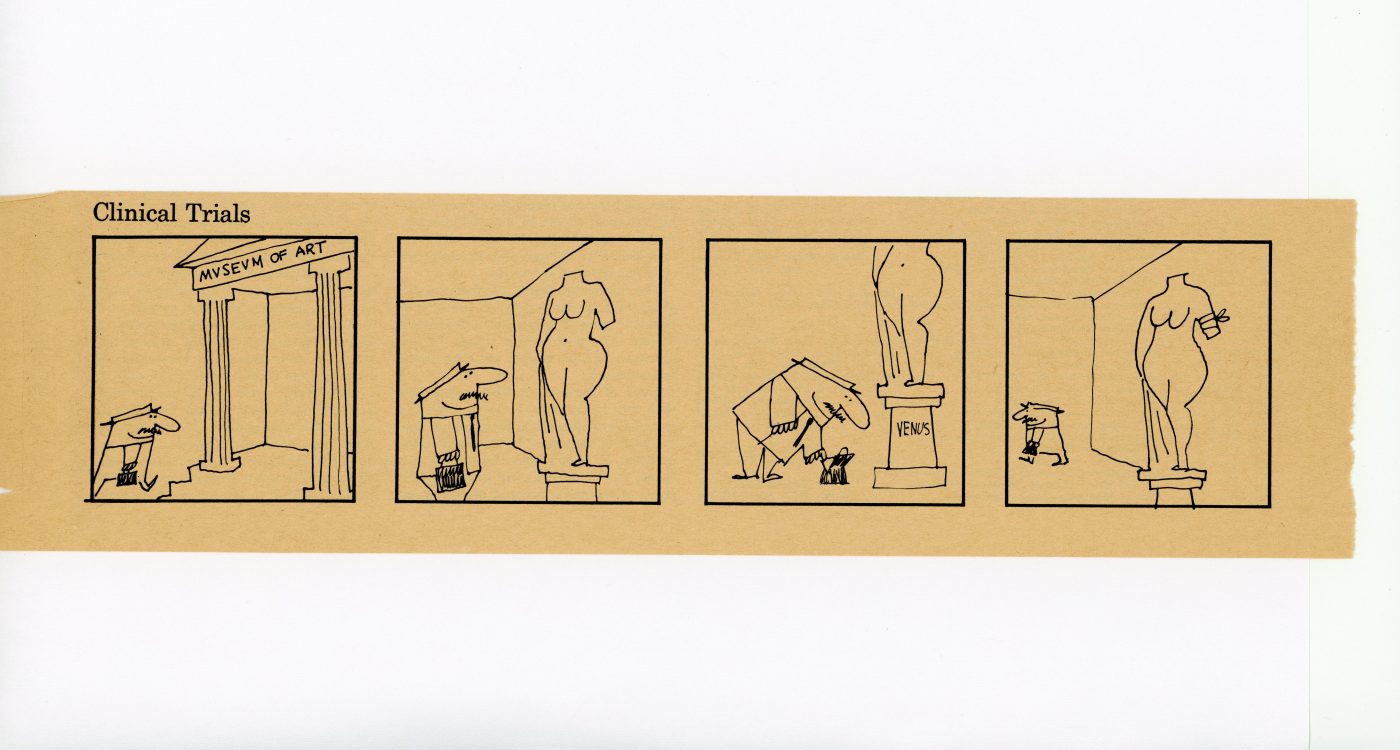

 More episodes of "Clinical Trials," the comic strip Kuhlman created for the Journal of American Medical Association, c. 1954.
More episodes of "Clinical Trials," the comic strip Kuhlman created for the Journal of American Medical Association, c. 1954.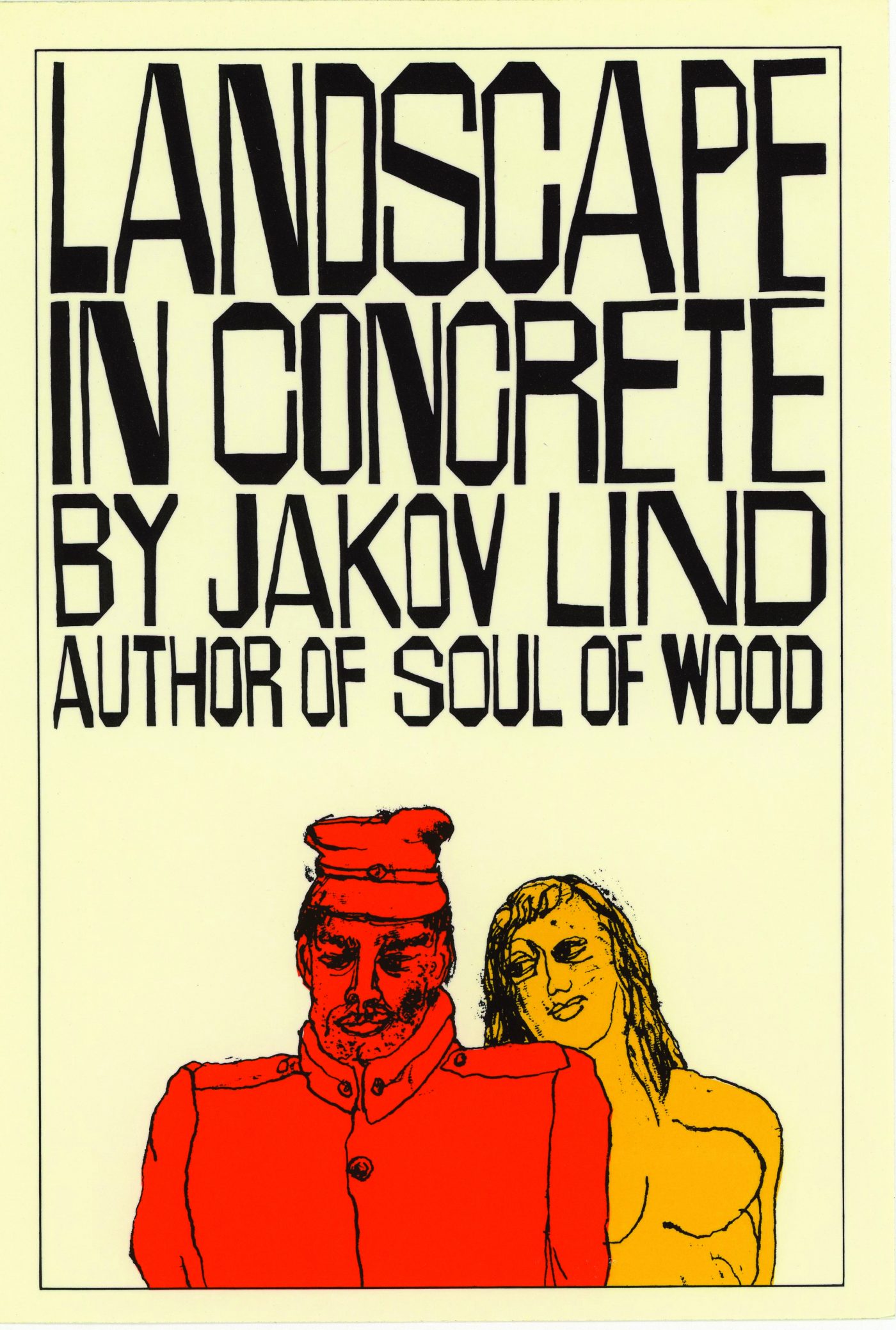


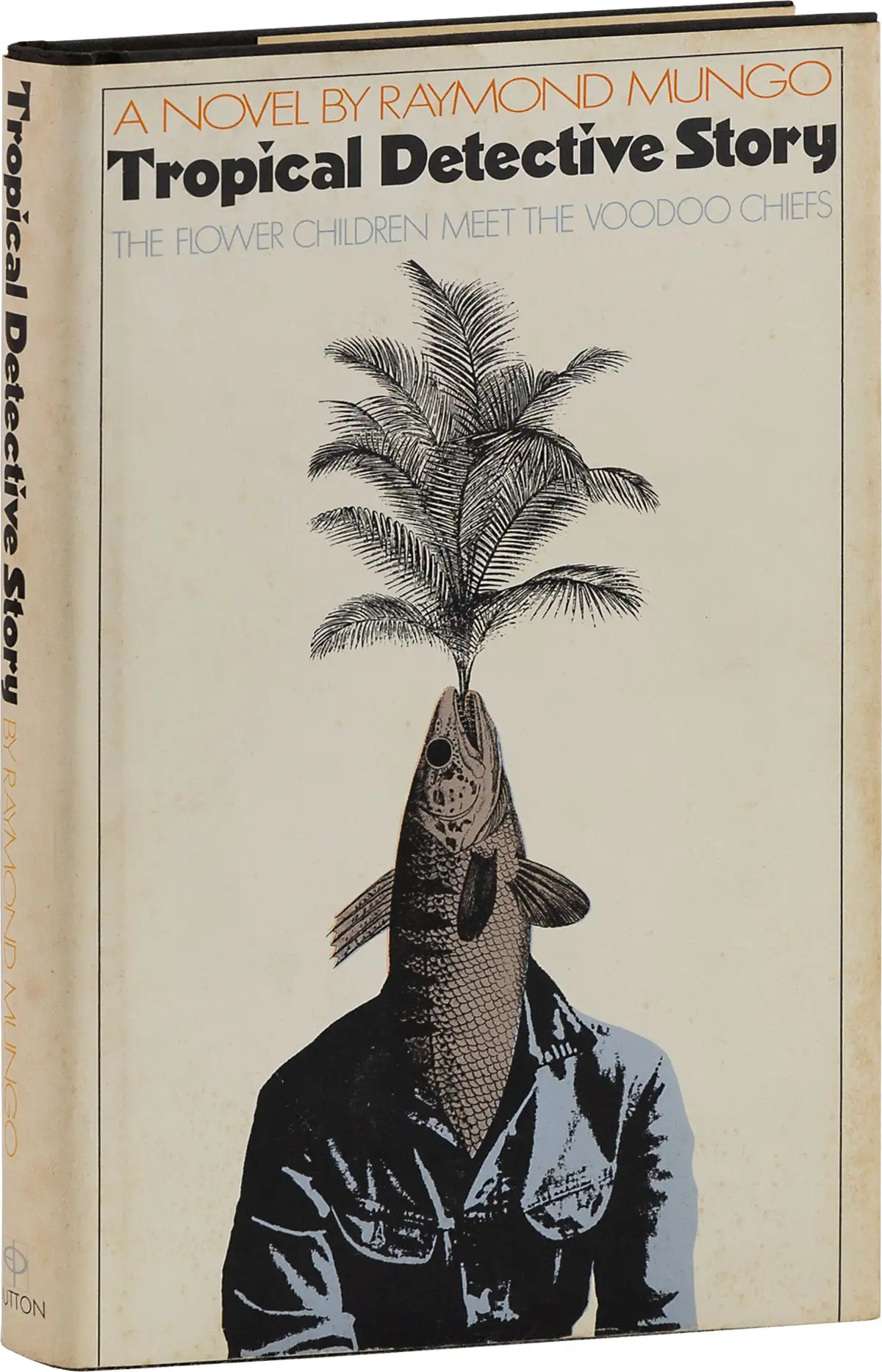 Book covers that display Roy’s comic sensibility. All are Grove Press, except “Topical Detective Novel” which is Dutton.
Book covers that display Roy’s comic sensibility. All are Grove Press, except “Topical Detective Novel” which is Dutton.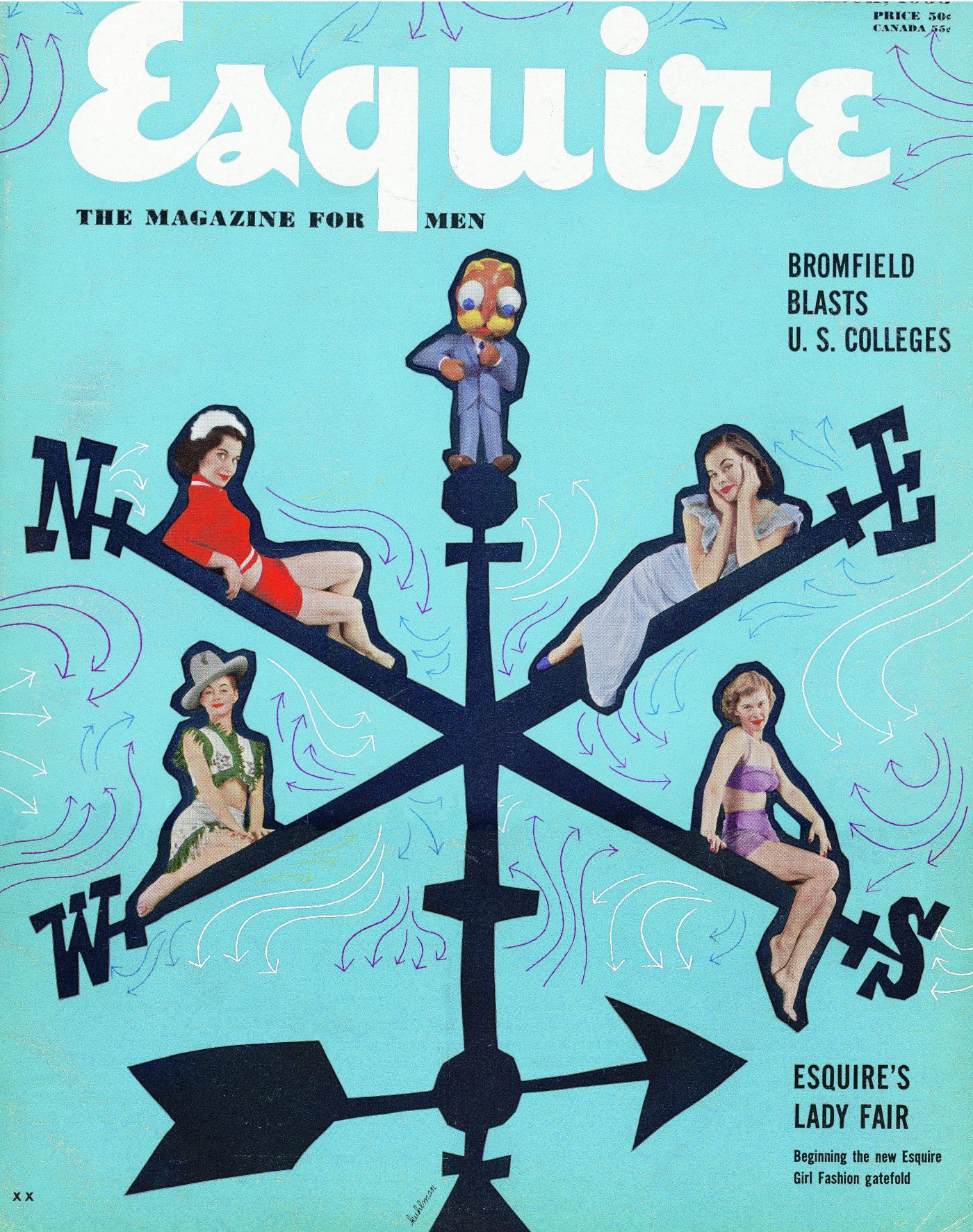 Likewise, his cover for Esquire.
Likewise, his cover for Esquire.











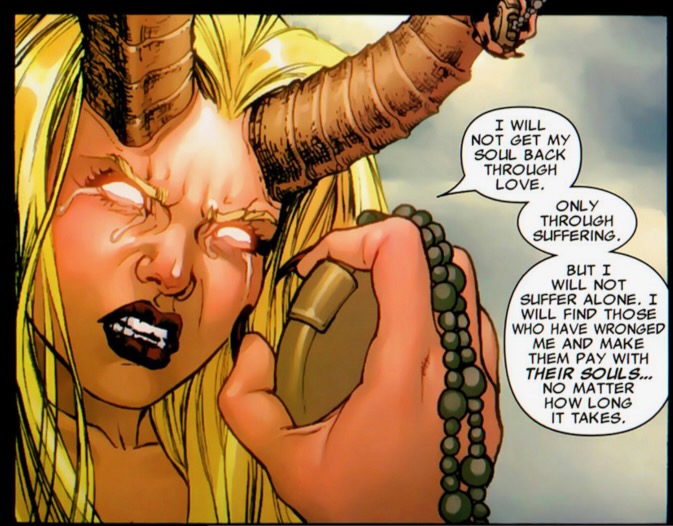



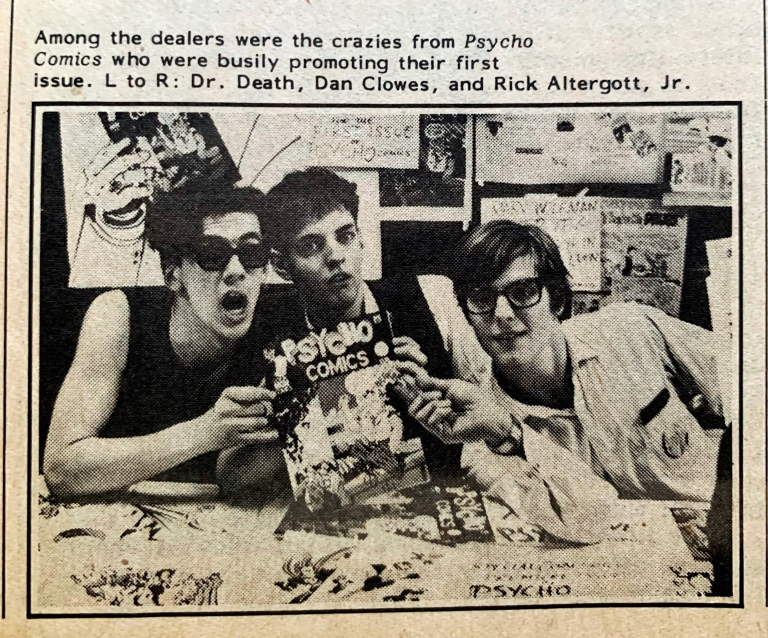


 English (US) ·
English (US) ·